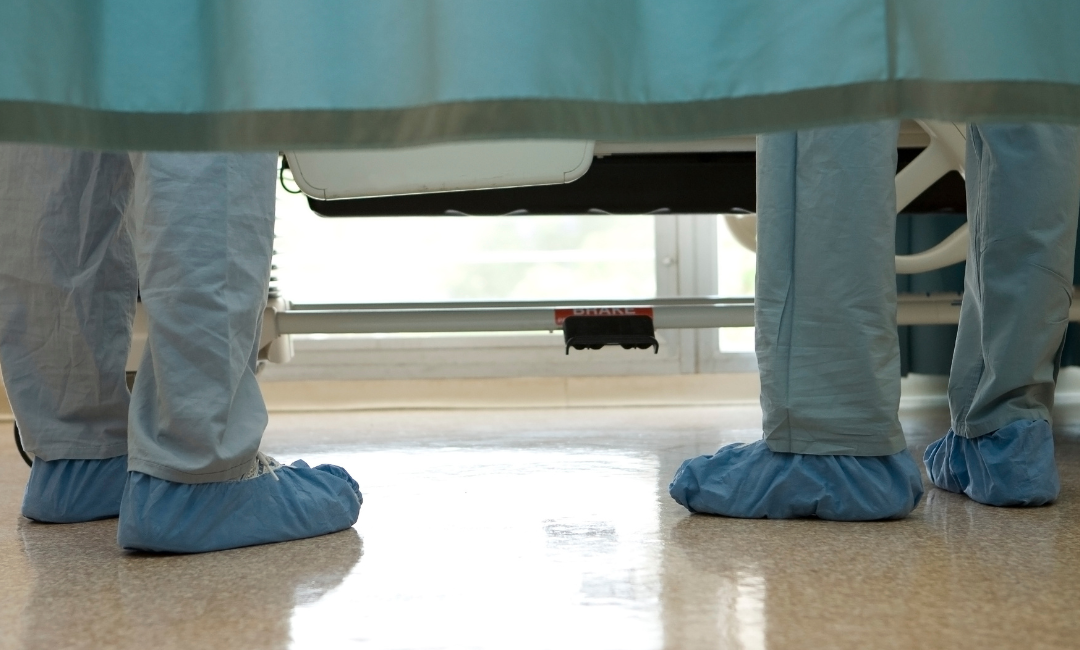Common Wounds Among Elderly Patients
Diabetic foot ulcers:
These ulcers are caused by changes in the foot bones of diabetic patients. These foot lesions are very common in these patients. The type and duration of treatment will depend on the severity of the lesion.
Amputation wounds:
After an amputation, complications may occur, and proper wound care is necessary for an amputation procedure to heal correctly and to avoid the wound becoming gangrenous.
Pressure ulcers:
These injuries break down the skin when it is under pressure for a prolonged period. Pressure ulcers are rated with stages to assist in distinguishing severity. Pressure ulcers disrupt the blood flow and keep oxygen from traveling to that area.
This results in cells dying. The type and duration of treatment will depend on the stage of the pressure ulcer. These ulcers are prevalent in people with diabetes, so it is essential to change the patient’s position regularly to prevent pressure ulcers.
Post-op wounds:
Several nursing facility residents must get surgery for one reason or another. Postoperative care following the surgical procedure must begin immediately after surgery and continue after discharge. Complications of improper post-op care may include blood clots and infection.
Skin tears:
Elderly patients’ skin becomes more delicate and thinner with aging, and since they are also at an increased risk of falling, they are at an increased risk of receiving skin tears. A skin tear is a wound that happens when the layers of skin separate or peel back.
Treating skin tears typically includes cleaning the wound and applying steri-strips to help the skin approximate and heal the wound. A dressing is applied over the wound. Skin sealants are also recommended versus adhesives, as adhesives can further damage delicate skin.





